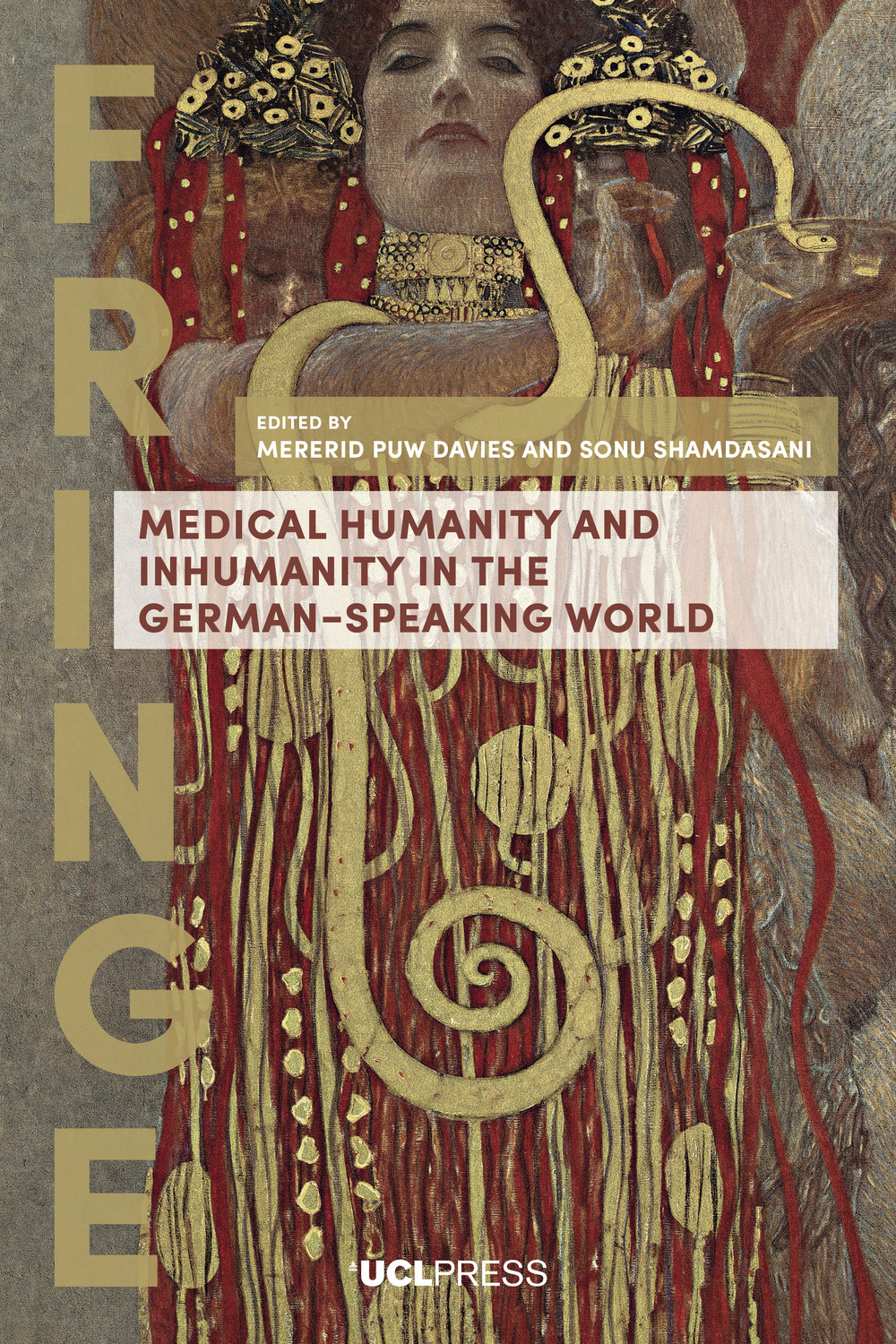Invisible Reconstruction
Cross-disciplinary responses to natural, biological and man-made disasters
Edited by Lucia Patrizio Gunning and Paola Rizzi
What does it really mean to reconstruct a city after a natural, biological or man-made disaster? Is the repair and reinstatement of buildings and infrastructure sufficient without the mending of social fabric? The authors of this volume believe that the true measure of success should be societal. After all, a city without people is no city at all.
Invisible Reconstruction takes the view that effective disaster mitigation and recovery require interdisciplinary tactics. Historian Lucia Patrizio Gunning and urbanist Paola Rizzi expand beyond the confines of individual disciplines or disaster studies to bring together academics and practitioners from a wide variety of disciplines, comparing strategies and outcomes in different scenarios and cultures from South America, Europe and Asia.
From cultural heritage and public space to education and participation, contributors reflect on the interconnection of people, culture and environment and on constructive approaches to strengthening the intangible ties to increase resilience and reduce vulnerability.
By bringing practical examples of how communities and individuals have reacted to or prepared for disaster, the publication proposes a shift in public policy to ensure that essential physical reinforcement and rebuilding are matched by attention to societal needs. Invisible Reconstruction is essential reading for policymakers, academics and practitioners working to reduce the impact of natural, biological and man-made disaster or to improve post-disaster recovery.
List of figures
List of tables
List of contributors
Series editor's preface
Foreword
Florian Mussgnug
Acknowledgements
Introduction: The Invisible Reconstruction project and its aims
Lucia Patrizio Gunning and Paola Rizzi
Part I Reconstruction and society
1 L’Aquila 2009–2019: back to the future: Cultural heritage and post-seismic reconstruction challenges
Alessandra Vittorini
2 Invisible recovery: physical reconstruction versus social reconstruction: The case of central Italy
Donato Di Ludovico and Lucia Patrizio Gunning
3 Revealing the vulnerable in society: contradictions between victims' intentions and housing provision
Haruka Tsukuda and Yasuaki Onoda
4 Invisible hands: Institutional resilience and tsunami risk: The case of Kochi City in Japan
Sarunwit Promsaka Na Sakonnakron, Paola Rizzi, Satoshi Otsuki
5 L'Aquila: from old to new castles: Rediscovering poles and networks to rebuild a community
Simonetta Ciranna and Patrizia Montuori
Part II Public space, a human right
6 Post-crisis masterplanning: A new approach to public spaces. Italy (2009–2021)
Quirino Crosta
7 Rethinking inequality and the future: The pre-Hispanic past in post-disaster Lima, Peru
Rosabella Alvarez Calderon and Julio Sanchez
8 (Re)-constructing the contemporary city in Latin America
Maria Andrea Tapia
9 Invisible regeneration: The communities of Shahjahanabad in times of pandemic
Abhishek Jain
Part III Communication, prevention and protection
10 Rebuilding engagement with social media and consumer technologies
Barnaby Gunning and Lucia Patrizio Gunning
11 The Great East Japan Earthquake and COVID-19: Through the lenses of gender and age Miwako Kitamura
12 Disaster risk management, social participation and geoethics
Francesco De Pascale, Piero Farabollini, Francesca Romana Luggeri
13 Soundscapes of non-reality: Alternative approach to post-disaster reconstruction
Paola Rizzi, Nora Sanna and Anna Porębska
Part IV Tourism, culture and economy
14 Atmospheric images: Photographic encounters in L’Aquila’s historic centre
Federico De Matteis and Fatima Marchini
15 Providing disaster information to inbound tourists: Case study for the historical city of Kyoto, Japan
Kohei Sakai and Hideiko Kanegae
16 Landscape as a post-earthquake driver of resilience: The intangible multiple values of territory
Fabio Carnelli and Paola Branduini
17 Heritage assets, fairs and museums: Places of encounter and presence in times of pandemic
Franca Zuccoli, Alessandra De Nicola, Pietro Magri
Part V Schools, social integration and rights
18 Dimensions of educational poverty and emergencies: What are the protective factors for wellbeing?
Nicoletta Di Genova
19 Existential and identity displacement in catastrophic events: Teacher training: skills and strategies for coping
Antonella Nuzzaci
20 Intercultural relations and community development: Education in L'Aquila among earthquake and COVID-19 emergencies
Alessandro Vaccarelli and Silvia Nanni
Index
Format: Hardback
Size: 234 × 156 mm
380 Pages
130 colour illustrations
Copyright: © 2022
ISBN: 9781800083516
Publication: December 12, 2022
Series: FRINGE
Related products
Comparative Approaches to Informal Housing Around the Globe
Comparative Approaches to Informal Housing Around the Globe brings together h...Medical Humanity and Inhumanity in the German-Speaking World
Medical Humanity and Inhumanity in the German-Speaking World is the first vol...Queer Migration and Asylum in Europe
Europe is a popular destination for LGBTQ people seeking to escape discrimina...Redefining Russian Literary Diaspora, 1920-2020
Over the century that has passed since the start of the massive post-revoluti...








